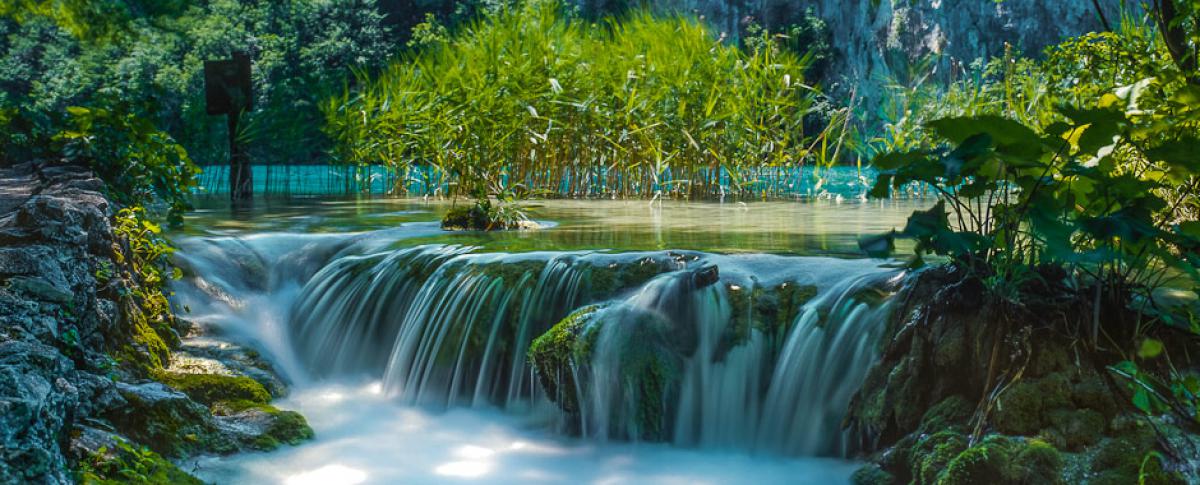
Sixteen lakes, about hundred waterfalls, romantic walkways… This natural beauty can be found in Croatia. Plitvice National Park is a UNESCO World Heritage Site. This is a magical place where lakes can be seen constantly change their colors from azure to green. The reason for this natural phenomena is the quantity of minerals or organisms in the water. Depending upon the sunlight and the angle you are looking, you can see different vision at each lake.
More than 1,1 million tourists from all over the world come each year to feel the magic of this place. Plitvice was actually Croatia’s first National Park, established in 1949 and is currently the most famous one. In 1979 the park was added to the UNESCO World Heritage register. The area of Plitvice extends over 296.85 square kilometres (73,350 acres). It is located in Southern Croatia, in the Lika region. The park lies in a plateau surrounded by three mountains, near to the border with Bosnia. About 90% of Plitvice is part of Lika-Senj County. The remaining 10% is part of Karlovac County.
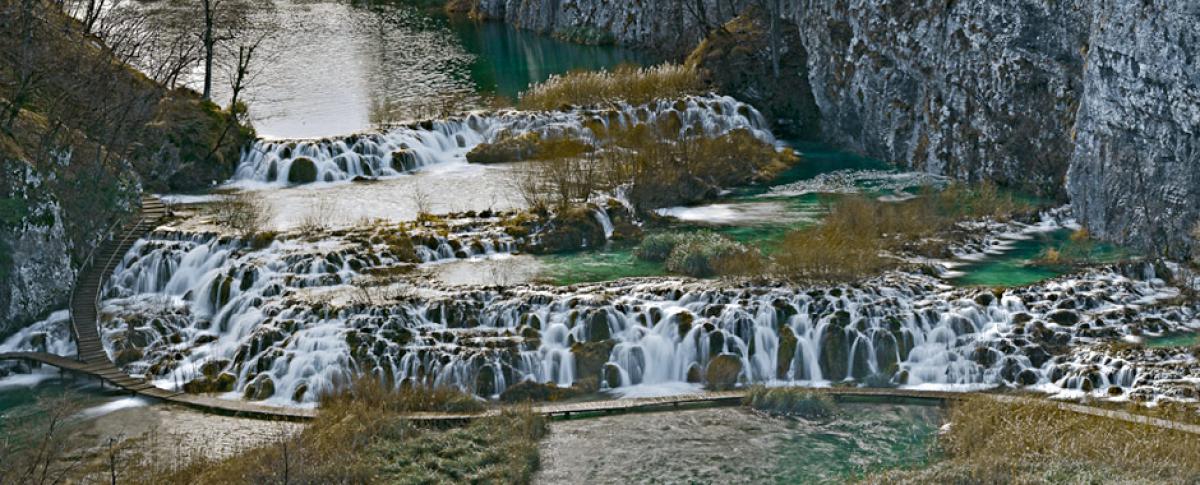
This watery paradise is a real natural wonder. Once you dive into its magical atmosphere, you feel like time goes very slowly. There are so many scenes that worth being photographed that you feel bifurcation: whether to let yourself just be a little part of this beautiful fairy tale or to constantly take hundreds of photos in order to keep your memories in pixels and inches. Wherever you look, you notice a scene worth framing. In this wild world of lakes and waterfalls there is a wide range of habitats and microclimates.
Everywhere you look there are fascinating landscapes. The 16 lakes’ water is not just crystal clear water. It is in all shades of green, grey and blue. The lakes are linked by about hundred tumbling cascades. There are romantic wooden walkways, wooden bridges and a network of paths by which people are able to enter the forest and roam freely around its depths. Although the park is widely known by its beautiful lakes and waterfalls, it is also home of a wide range of birds and animals. When walking along the fairy forest paths people are able to observe the flora and fauna. You can hear birds singing from the ancient trees, and you can see ducks and fishes swim in the quiet lakes. An interesting fact is that only a few types of fishes live in the local lakes. Scientists still have not explained whether the fish have lived in the area since ancient times, or they have populated there in the last hundred years.
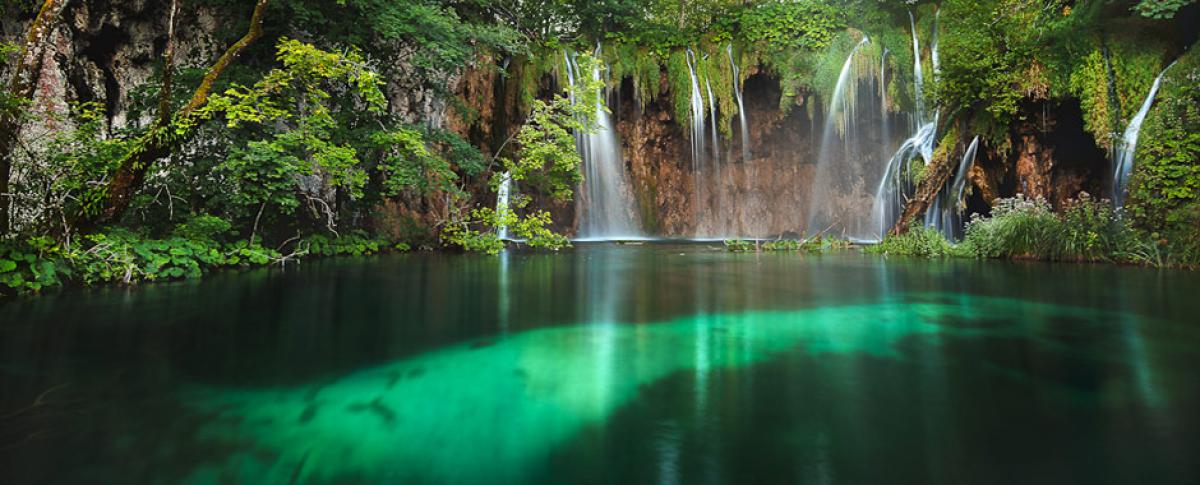
There is located the highest waterfall in Croatia. In this thundery fall the water descends through the rocks, forming a large amphitheater.
Some of the rivers and lakes in Plitvice can be explored also by boats. Of course, only low noise and ecologically friendly electric boats are being used. Mostly in the largest lake Kozjak.
The park is also famous by its spectacular rock formations and caves. In fact, the entire Plitvice Lakes National Park is part of the South-East European karst area. This karst area is typical by its porous rock, mostly limestone or dolomite.You can spend a lot of hours in Plitvice’s subterranean caverns, exploring interesting geologic features.
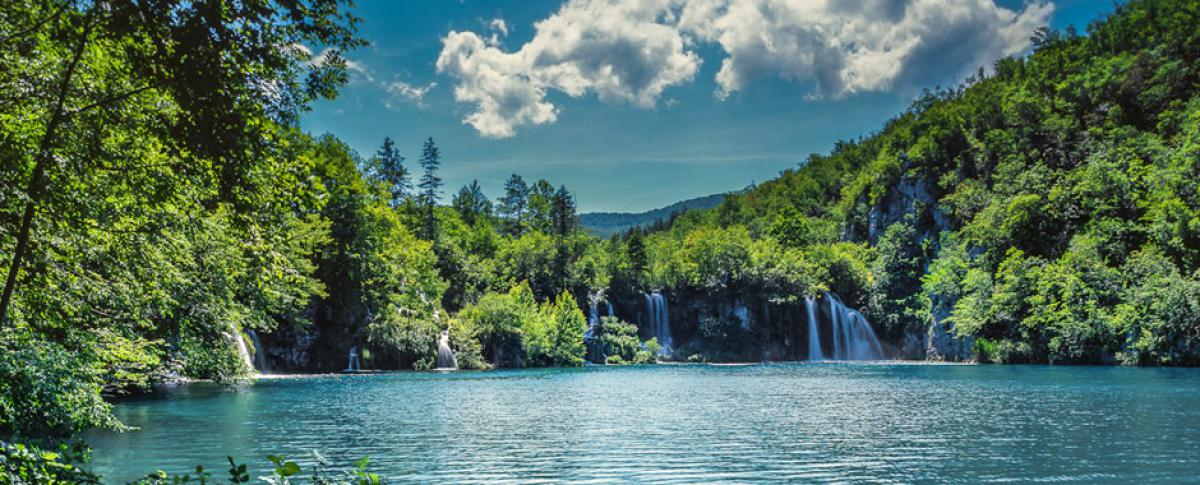
Most of the lakes in Plitvice are not very deep. This is where actually the name of this park comes from. In Croatian ‘pličina’ or ‘plitvak’, ‘plitko’ means shallow, so the place was named Plitvice after the shallow nature basins, filled with water.
In case this fabulous place inspired you to plan your next trip, it would be helpful for you to know some more about Croatia. During the last years this East European country managed to line among the most popular tourist destinations on the continent. Its sunny rocky littoral is among the most beautiful Mediterranean coastlines. About 10 % of the country’s area is formed by protected natural areas. A remarkable fact for such a small country is the number of the areas that enjoy national park status – 8 (including Plitvice).
The country’s history and cultural heritage is also very interesting. The picturesque medieval towns such as Dubrovnik, Split and Sibenik are really worth seeing.
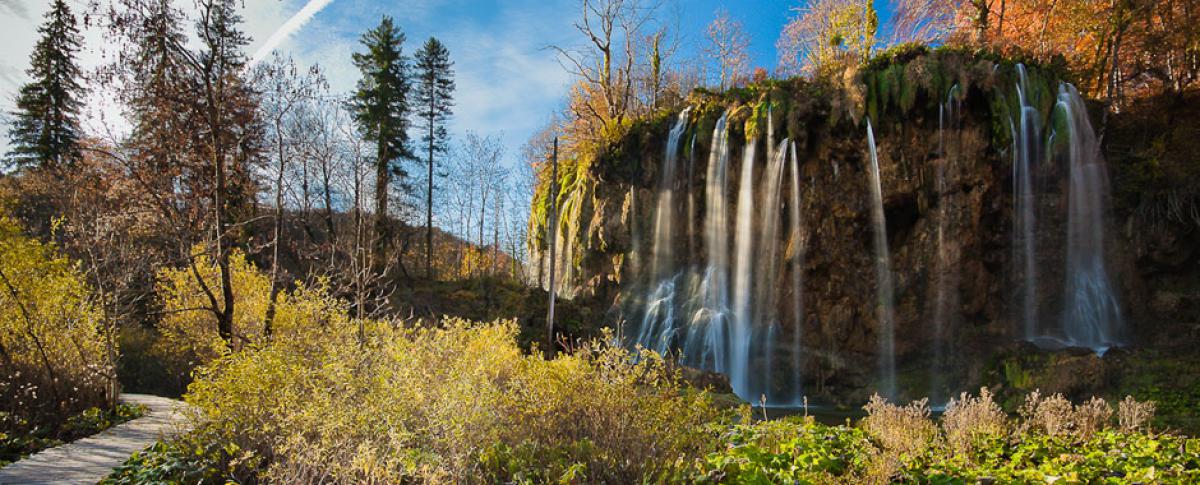
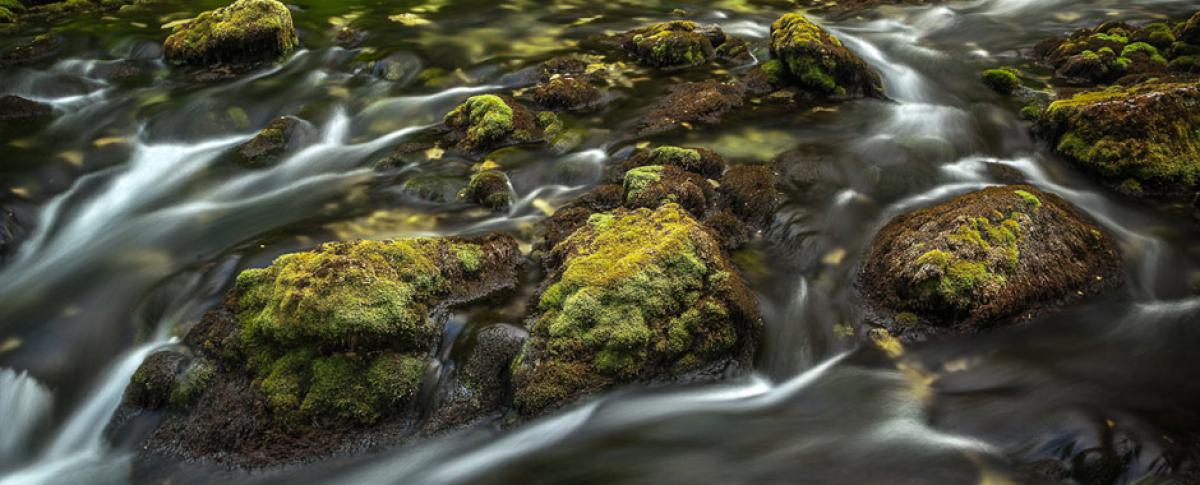
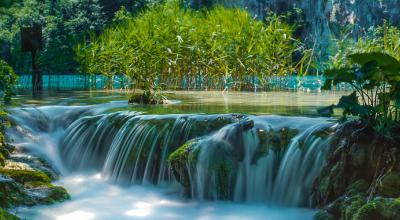
Leave a Reply